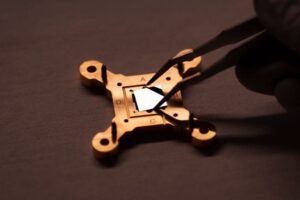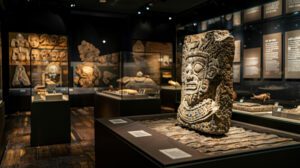Ever stumbled upon a name that made you think, “How do I not know about this person?” Well, let me introduce you to Shankar Abaji Bhise the Forgotten Indian Inventor, often dubbed the “Edison of India.” This guy was a self-taught genius who, despite his groundbreaking inventions, somehow slipped through the cracks of mainstream history. Let’s dive into his story and give credit where it’s long overdue.
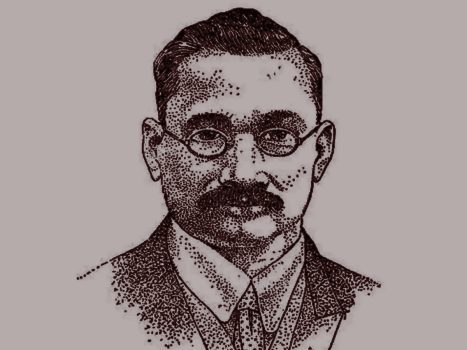 Pin
Pin Table of Contents
Early Life: From Bombay Streets to Scientific Pursuits
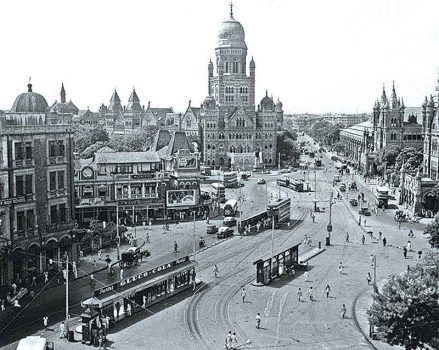 Pin
Pin Image from Wikimedia Commons
Born on April 29, 1867, in Bombay (now Mumbai), Bhise didn’t have the silver spoon upbringing. His dad, Abaji, worked his way up in the court system, eventually becoming a Sadar Amin at Surat. Young Shankar was that kid always tinkering with stuff, trying to figure out how things worked. He had a high school education but was a voracious reader, especially of the “Scientific American” magazine. Imagine a teenager in the late 1800s, sitting under a dim lamp, devouring articles about the latest scientific breakthroughs. That was Bhise.
But he wasn’t just a bookworm. He started a Scientific Club in Bombay, organizing monthly meetings to discuss ideas and experiments. This wasn’t just a hobby; it was the beginning of a lifelong passion for innovation. He even dabbled in mentalism and magic tricks, associating with the theosophists of the time who admired his skills as a traditional Indian necromancer. Talk about a multifaceted personality!
Taking Indian Ingenuity to England
In 1893, after his father’s passing, Bhise got an offer to showcase his inventions in England. With support from Sayajirao Gaikwad of Baroda and Indian nationalists like Dadabhai Naoroji and Ratanji Tata, he made the leap. A self-taught inventor from Bombay navigating the bustling streets of London. But Bhise wasn’t deterred. He examined paper pulping processes in England and returned to India, hoping to secure a job at the Girgaon Paper Mill in 1896. Unfortunately, that didn’t pan out.
But setbacks didn’t stop him. In 1896, he applied for a patent for a railway station indicator that displayed the current station, past stations, and the estimated time to the next stop. Forward-thinking, right? His big break came in 1897 when he won a £10 prize for an automatic weighing machine in a contest held in England. This win caught the attention of Indian newspapers, which highlighted his talent and sought sponsorships for him to demonstrate his inventions in Europe or America.
Innovations Galore - Vertoscopes to Bhisotypes
Once in England, Bhise didn’t waste time. In 1901, he invented the “Vertoscope,” an illuminated advertising machine that could display multiple colored advertisements changing at intervals. Sounds like the precursor to modern digital billboards, doesn’t it? However, London authorities banned its use, claiming it startled horses. Can’t win ’em all.
Undeterred, Bhise continued to innovate. He patented an automatic toilet flush, an automatic bicycle stand, and the Vertolite Sign Lamp. But his most influential invention was the “Spasotype,” later known as the “Bhisotype.” This typesetting machine could insert blocks at 1,500 to 2,000 characters per hour, revolutionizing the printing industry.
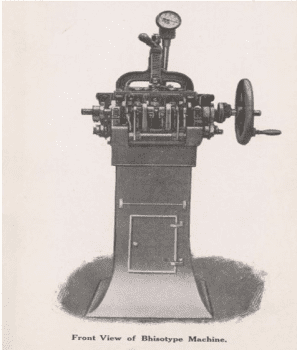 Pin
Pin The American Dream
In 1910, Ratanji Tata established the Tata Bhisey Invention Syndicate in London to support Bhise’s work. However, during World War I, the syndicate was shut down, and the machinery to manufacture the Bhisotype was sold off. Not one to be easily discouraged, Bhise moved to the U.S. and collaborated with Charles Slaughter of the Universal Type Casting Company.
In 1922, he patented a “spirit typewriter,” a modification of the popular ouija board that printed messages onto a strip of paper. While it didn’t make him rich, it showcased his versatility. Shortly after, he promoted “Atomidine,” an iodine-based patent medicine endorsed by American psychic Edgar Cayce. This venture earned him both fame and royalties.
By the end of his career, Bhise had nearly 200 inventions to his name, with 40 patents. Despite his contributions, he’s largely forgotten today.
Bhise's Struggle Against a Colonial Mindset
The early 1900s wasn’t an easy time for Indian inventors to break through, especially in an era dominated by colonial rule. Let’s be real: the British weren’t particularly enthusiastic about promoting talent from their colonies unless it served their interests. Bhise, however, didn’t let this mindset hold him back.
After impressing both Indian and British elites with his innovative ideas, he still found himself grappling with skepticism. People from colonized countries weren’t often viewed as capable of matching the scientific and industrial progress of the West. For Bhise, every patent, every invention, and every presentation was a battle to prove otherwise.
It’s remarkable that even under these conditions, Bhise managed to secure nearly 40 patents. He didn’t just invent things; he challenged the narrative that Indians were followers, not creators. Each time he faced rejection or obstacles, he simply kept moving forward, pushing his creations into existence in a world that wasn’t ready to acknowledge his brilliance.
The Bhisotype
 Pin
Pin Image from circuitousroot
If there’s one invention that perfectly captures the genius of Shankar Abaji Bhise, it’s the Bhisotype. This mechanical marvel was years ahead of its time. A machine capable of typesetting 1,500 to 2,000 characters per hour at a time when the printing industry relied heavily on manual labor.
The Bhisotype wasn’t just fast—it was transformative. It promised to make printing cheaper and more efficient, democratizing access to books, newspapers, and other printed materials. Think about it: without innovations like this, the rapid spread of ideas, education, and knowledge we take for granted today would’ve been much slower.
What’s even more impressive is how Bhise’s invention was backed by none other than Ratanji Tata. The Tata Bhisey Invention Syndicate was established in London to support this revolutionary machine. This partnership between an Indian industrialist and an Indian inventor was a powerful statement against colonial attitudes. Unfortunately, World War I disrupted their plans, forcing the syndicate to shut down. But even that couldn’t erase the impact of the Bhisotype.
Lesser-Known Inventions That Made Everyday Life Easier
Shankar Abaji Bhise wasn’t the kind of guy to stop at one big idea. His inventions ranged from the practical to the downright fascinating. Take, for instance, his automatic toilet flush. Now, this might sound mundane, but back in the early 1900s, this was cutting-edge technology.
Then there’s the Vertoscope—a machine designed to display illuminated advertisements that could change colors and patterns. It was a bold attempt to modernize advertising, but ironically, it was deemed too “modern” for its time. The London authorities banned its use, citing that it startled horses on the streets.
Another of Bhise’s contributions was the automatic bicycle stand. Simple? Yes. Effective? Absolutely. He wasn’t just about big, industrial-scale inventions; he also focused on making everyday tasks easier for people. This ability to tackle problems big and small is what set him apart.














